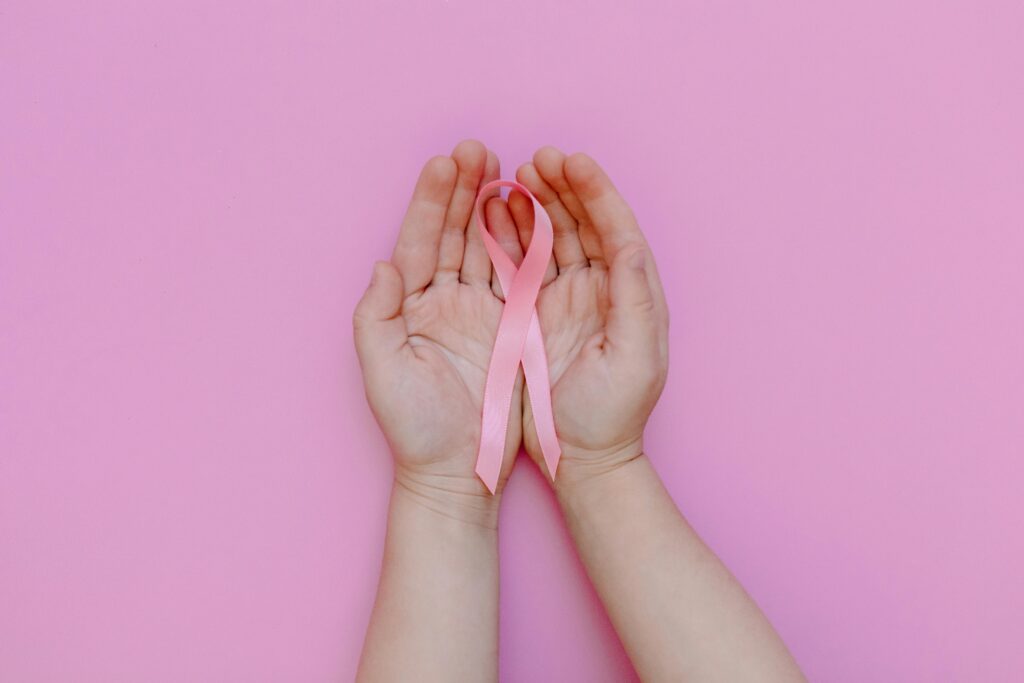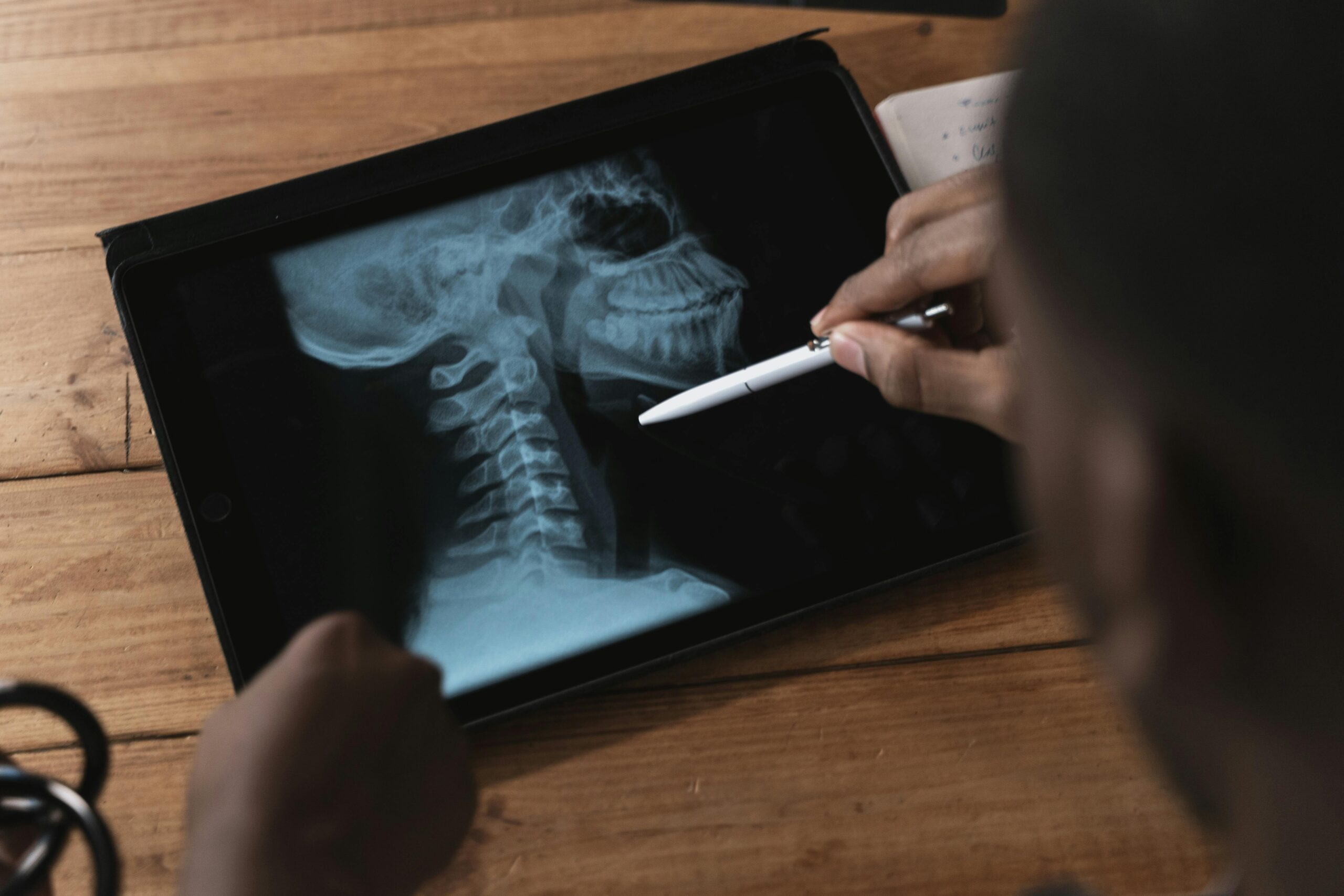Table of Contents
ToggleBreast Cancer: Every Woman Needs to Know
Breast cancer is one of the most common cancers affecting women worldwide, though it can also occur in men. It begins when cells in the breast grow uncontrollably, forming a tumor that can be felt as a lump or detected through imaging. Depending on its type, breast cancer can either remain confined to the breast or spread to other parts of the body, making early detection crucial.
Understanding Cancer: A Comprehensive Overview
Why Awareness Matters
Raising awareness about breast cancer ensures more people recognize the early signs and seek prompt medical care. Awareness campaigns also drive funding for research and support resources for those affected. With one in eight women in the U.S. expected to develop breast cancer in their lifetime, understanding this disease is more important than ever.
Types of Breast Cancer
Ductal Carcinoma In Situ (DCIS)
DCIS is a non-invasive form of breast cancer where abnormal cells are confined to the milk ducts. While not immediately life-threatening, untreated DCIS can progress to invasive cancer.
Invasive Ductal Carcinoma (IDC)
IDC is the most common type of breast cancer. It begins in the milk ducts and invades surrounding tissues, potentially spreading to lymph nodes and beyond.
Triple-Negative Breast Cancer
This aggressive type lacks estrogen, progesterone, and HER2 receptors, making it unresponsive to hormone therapy or targeted treatments. Despite its challenges, it can still be treated with chemotherapy.
HER2-Positive Breast Cancer
HER2-positive breast cancer involves an overexpression of the HER2 protein, which promotes cancer growth. Targeted therapies like trastuzumab have significantly improved outcomes for patients with this type.
Causes and Risk Factors
Genetic Mutations (BRCA1 and BRCA2)
Mutations in the BRCA1 and BRCA2 genes greatly increase the risk of breast cancer. People with a strong family history of the disease are often advised to undergo genetic testing to assess their risk.

Lifestyle Factors
- Diet and Alcohol Consumption: High alcohol intake and a diet rich in processed foods can elevate breast cancer risk. Maintaining a balanced diet is key.
- Physical Activity: Regular exercise has been shown to lower the risk by helping maintain a healthy weight and regulating hormones.
Environmental Factors
Exposure to certain chemicals and radiation may also increase the likelihood of developing breast cancer. Limiting these exposures is especially important for individuals at higher risk.
Symptoms and Early Warning Signs
Common Symptoms to Watch For
- A lump or thickening in the breast or underarm
- Changes in breast size or shape
- Nipple discharge or inversion
- Redness or dimpling of the skin
These symptoms don’t always mean cancer, but they should be evaluated by a healthcare professional to rule it out.
Breast Cancer: Every Woman Needs to Know
The Importance of Regular Breast Self-Exams
Performing monthly self-exams can help individuals become familiar with their breast tissue and detect abnormalities early. Pairing self-exams with regular clinical check-ups enhances the chances of catching breast cancer in its earliest stages.
Diagnosis of Breast Cancer
Screening Methods
- Mammograms: X-rays of the breast are the gold standard for early detection. They can identify tumors before they are physically noticeable.

- Ultrasound and MRI: These imaging methods provide additional detail, especially for women with dense breast tissue.
Biopsy Procedures
When imaging indicates a suspicious area, a biopsy is performed to remove tissue samples for analysis. This procedure confirms whether the cells are cancerous and determines the cancer type.
Stages of Breast Cancer
Understanding the Staging System
Breast cancer stages help doctors determine the extent of the disease and guide treatment options. The staging system is based on the size of the tumor, lymph node involvement, and whether the cancer has spread to other parts of the body.
Stage 0: Non-Invasive
Stage 0, or DCIS, is non-invasive, meaning the abnormal cells have not spread beyond the milk ducts. Early intervention at this stage often leads to a complete cure.
Breast Cancer: Every Woman Needs to Know
Stages I-IV: From Localized to Metastatic
- Stage I: The cancer is small and localized, making it highly treatable.
- Stage II: Larger tumors or small cancers that have spread to nearby lymph nodes.
- Stage III: More extensive lymph node involvement or cancer that has spread to nearby tissues.
- Stage IV: Cancer that has metastasized to distant organs such as the liver, lungs, or bones.
How Staging Affects Treatment Options
Treatment varies by stage. Early-stage cancers often require surgery and localized therapies, while advanced stages may involve systemic treatments like chemotherapy or targeted therapies.
Treatment Options for Breast Cancer
Surgery
Surgery is often the first line of treatment.
- Lumpectomy: Removal of the tumor and a small margin of surrounding tissue, preserving most of the breast.
- Mastectomy: Complete removal of one or both breasts. Depending on the case, reconstruction may follow.
Radiation Therapy
Radiation therapy uses high-energy rays to destroy cancer cells. It is commonly used after surgery to eliminate remaining cancer cells and reduce recurrence risk.
Chemotherapy
Chemotherapy involves the use of drugs to target and kill cancer cells throughout the body. It is often used for advanced stages or aggressive cancer types.
Hormone Therapy
Hormone therapy blocks hormones like estrogen or progesterone that fuel certain breast cancers. This treatment is highly effective for hormone receptor-positive cancers.
Targeted Therapy
Targeted therapy focuses on specific proteins or genes, such as HER2, to block cancer growth. These therapies often come with fewer side effects compared to chemotherapy.
Coping with Breast Cancer
Emotional and Psychological Support
A breast cancer diagnosis can be overwhelming. Counseling, support groups, and speaking openly with loved ones can help patients process their emotions and find strength.
Managing Physical Side Effects
Treatments like chemotherapy and radiation can cause fatigue, nausea, and hair loss. Doctors often provide medications and tips to help patients manage these side effects and maintain their quality of life.
Breast Cancer: Every Woman Needs to Know
Prevention and Risk Reduction
Lifestyle Changes
- Balanced Diet: Eating a diet rich in fruits, vegetables, and whole grains can support overall health and reduce cancer risk.
- Regular Exercise: Engaging in physical activity for at least 150 minutes a week can lower breast cancer risk by maintaining a healthy weight.
Genetic Counseling and Testing
For individuals with a family history of breast cancer, genetic counseling can assess the likelihood of inherited mutations. Preventive measures, such as increased surveillance or prophylactic surgery, may be recommended for those at high risk.
Living as a Breast Cancer Survivor
Follow-Up Care
Survivors require ongoing medical care, including regular check-ups, imaging, and monitoring for recurrence. Maintaining open communication with healthcare providers is essential.
Long-Term Health Considerations
Treatment side effects can persist for years. Survivors should focus on maintaining a healthy lifestyle, managing chronic symptoms, and seeking support for emotional well-being.
Research and Advancements
Immunotherapy
Immunotherapy harnesses the body’s immune system to fight cancer. Although still in its early stages, this approach shows promise for treating aggressive and advanced breast cancers.
Personalized Medicine
Advancements in genetic profiling allow for customized treatment plans tailored to each patient’s unique cancer characteristics, improving outcomes and minimizing side effects.
Breast Cancer Awareness and Advocacy
Importance of Campaigns
Public awareness campaigns play a crucial role in educating people about early detection, risk factors, and the importance of regular screenings.
Supporting Research and Patients
Donating to organizations or participating in fundraising events helps fund research and provide resources for those affected by breast cancer. Advocacy also fosters a sense of community and support.
Conclusion
Breast cancer is a complex disease, but early detection, effective treatments, and robust support systems can significantly improve outcomes. Whether you’re personally affected or supporting a loved one, staying informed and proactive is key. By raising awareness and funding research, we move closer to a future where breast cancer is entirely preventable and curable.
FAQs
1. What is the survival rate for breast cancer?
Survival rates vary by stage and type of breast cancer. For localized breast cancer, the five-year survival rate is over 90%.
2. How can I reduce my risk of breast cancer?
Maintaining a healthy lifestyle, avoiding excessive alcohol consumption, staying active, and undergoing regular screenings can help reduce your risk.

3. Are mammograms painful?
Mammograms can cause mild discomfort due to compression of the breast tissue, but the procedure is quick and crucial for early detection.
4. What is the difference between chemotherapy and hormone therapy?
Chemotherapy targets all rapidly dividing cells, while hormone therapy blocks hormones that fuel certain cancer types. The choice depends on the cancer’s characteristics.
5. Can men get breast cancer?
Yes, men can develop breast cancer, although it is rare. They should be aware of symptoms like lumps or changes in the chest area.












3 thoughts on “Breast Cancer: Every Woman Needs to Know”